The Red Envelope: Billkin and PP Krit’s Take on a Love Story Beyond the Grave
In a cinematic landscape saturated with remakes, reboots and sequels, you might ...
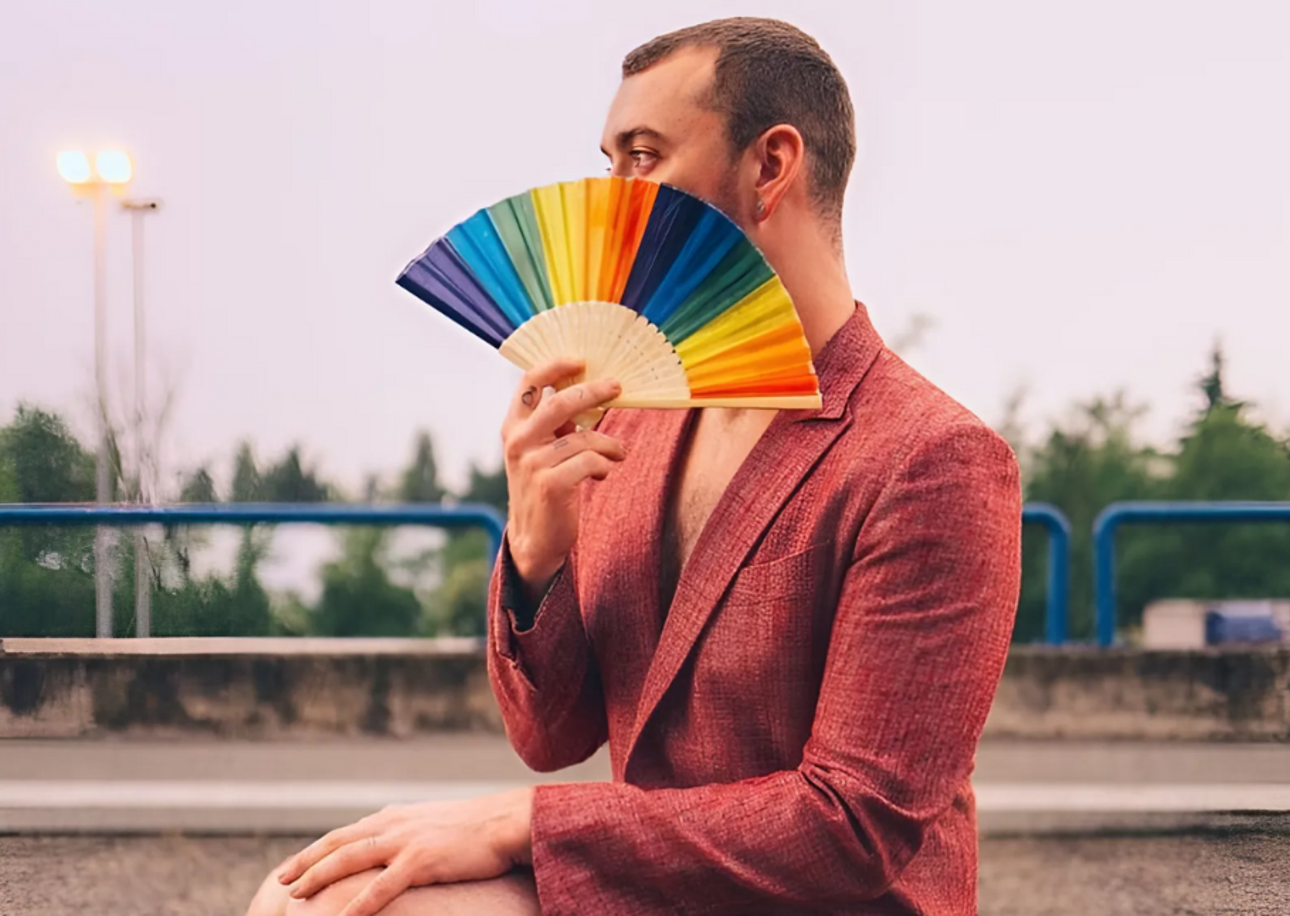
LGBTQ+ flags are symbols of identity, unity, and advocacy. The evolution of LGBTQ+ flags mirrors the community’s ongoing fight for rights and recognition.
These flags represent various sexual and gender identities while serving as tools for advocacy and visibility. By understanding and acknowledging these flags, we support the visibility and inclusion of all individuals within the LGBTQ+ spectrum.
The journey began with the original Rainbow Flag, created in 1978 by Gilbert Baker. This flag initially featured eight colours, each with a specific meaning: pink for sex, red for life, orange for healing, yellow for sunlight, green for nature, turquoise for magic/art, indigo for serenity, and violet for spirit. The Rainbow Flag quickly became a symbol of gay pride and was widely adopted by the LGBTQ+ community.
Over time, the flag was simplified to six colours, removing pink and turquoise for practical reasons, and it’s this six-colour version that is most recognized today.
As the LGBTQ+ community grew more diverse, new flags emerged to represent specific identities within the community.
This flag features deep pink, lavender, and blue stripes. The pink represents same-sex attraction, blue represents opposite-sex attraction, and the lavender, a mix of pink and blue, symbolises attraction to both genders.
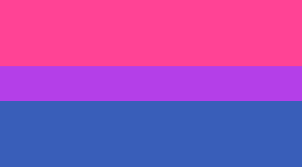
Designed with light blue, pink, and white stripes, this flag represents the traditional colours for baby boys and girls, with white symbolising those who are transitioning, intersex, or identify as having an undefined gender.
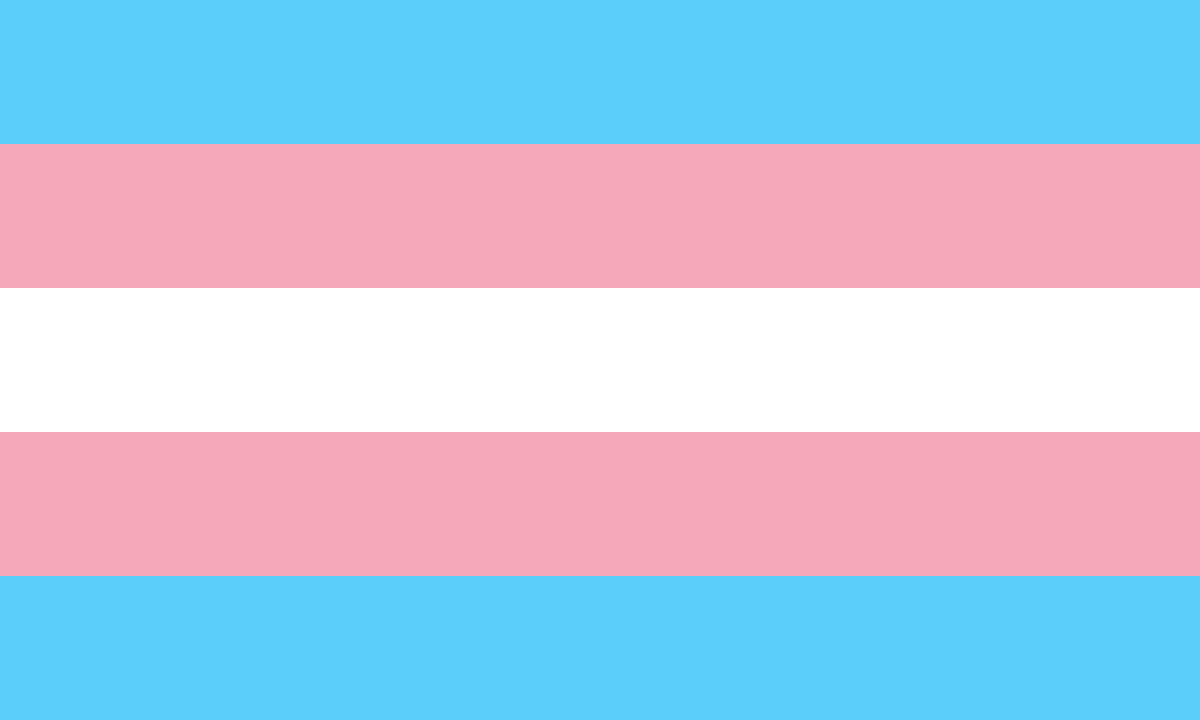
Although it has seen several variations, the most common design includes shades of red and pink, with a white stripe in the middle. This flag celebrates the diversity within the lesbian community.
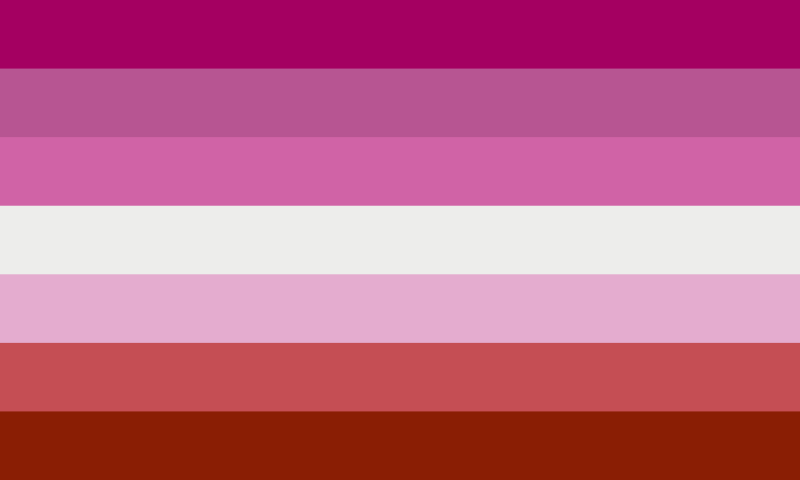
Featuring black, grey, white, and purple stripes, this flag represents asexuality (black), the grey area between sexual and asexual (grey), sexuality (white), and community (purple).
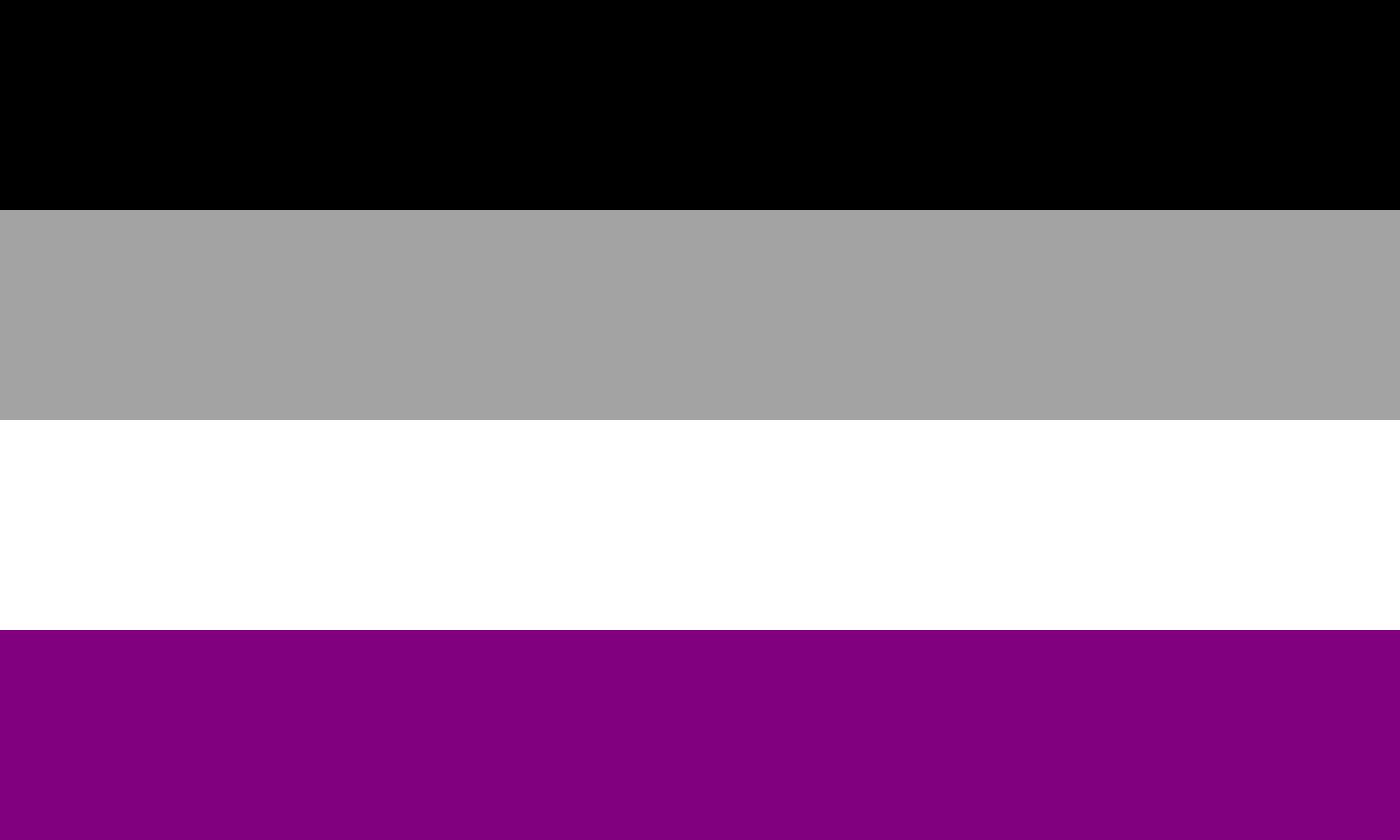
With pink, yellow, and blue stripes, representing attraction regardless of gender. Pink stands for attraction to women, blue for attraction to men, and yellow for attraction to non-binary people.
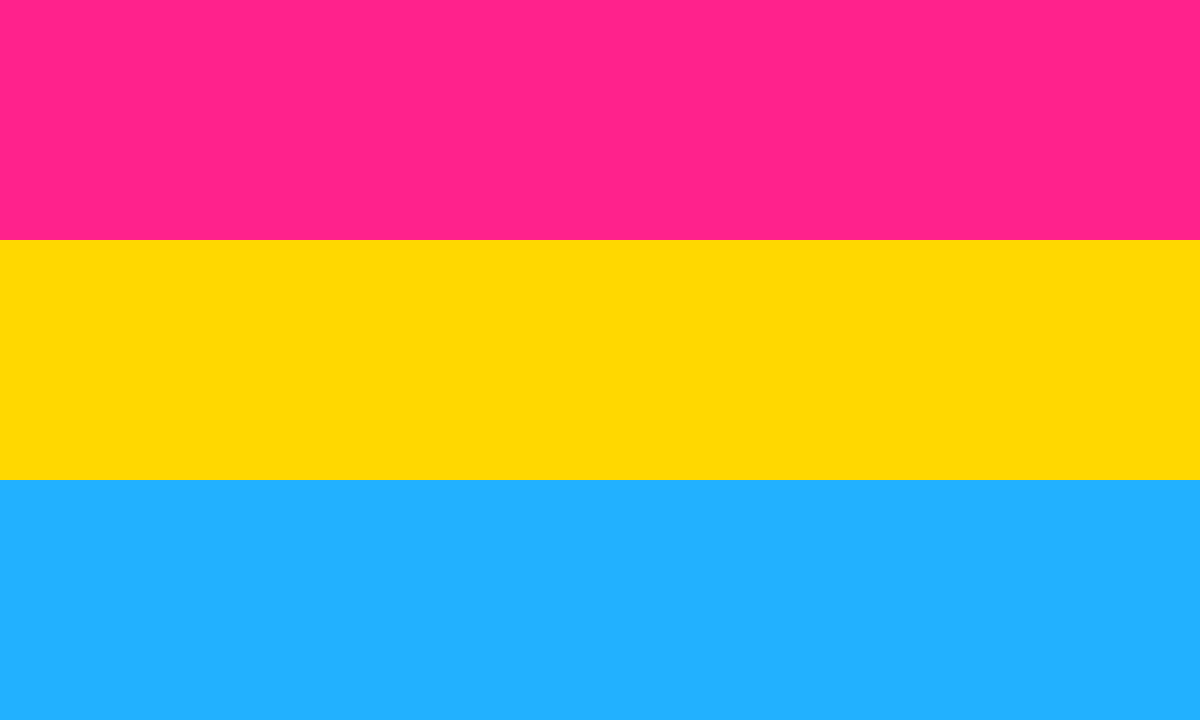
This flag, with lavender, white, and dark chartreuse green stripes, represents the genderqueer community. Lavender symbolises androgyny, white stands for agender identities, and green represents those outside the binary.
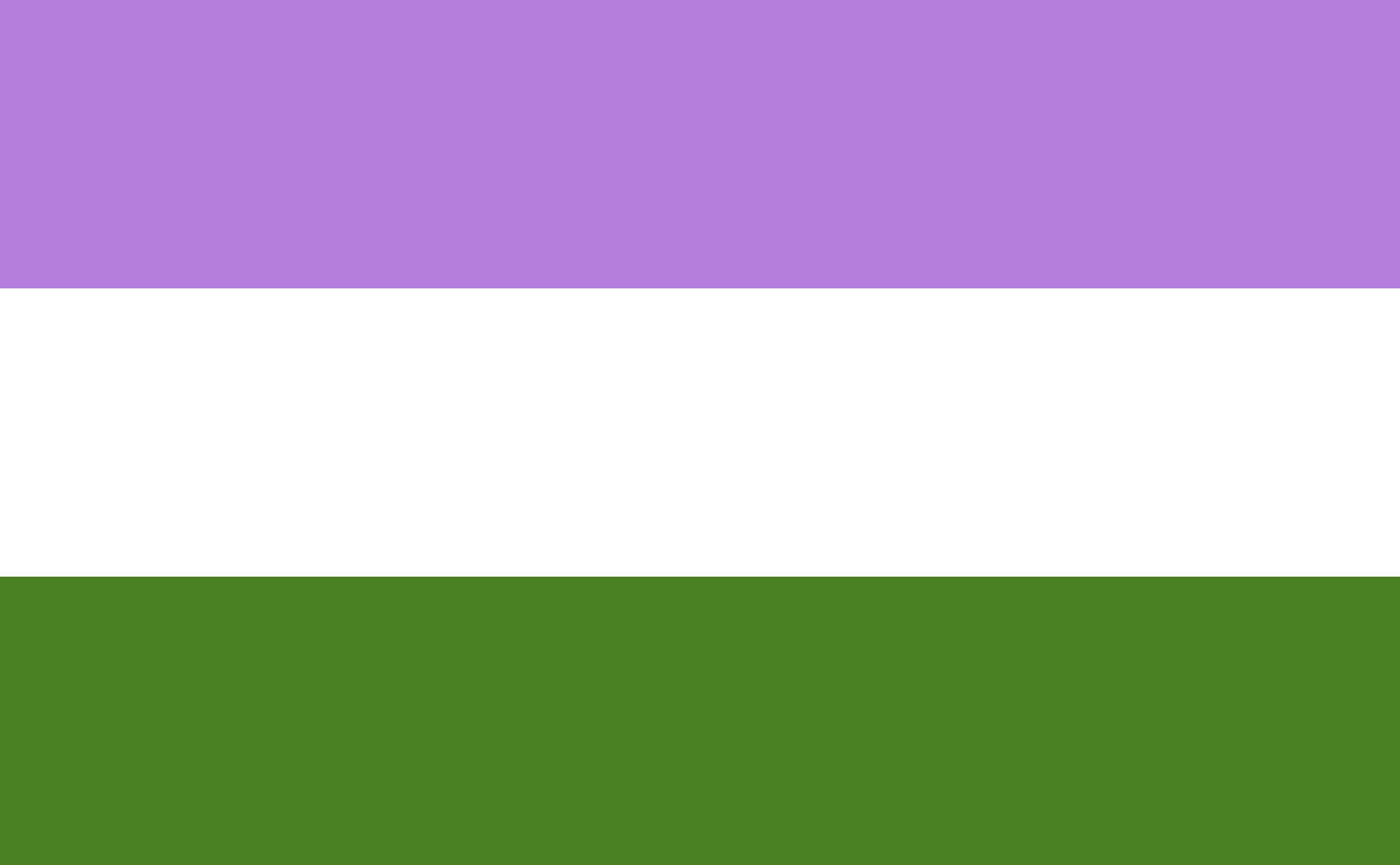
Recent years have seen the creation of new flags that address inclusivity and intersectionality within the LGBTQ+ community.
This version further includes a yellow triangle with a purple circle, representing intersex individuals, showing the community’s growing recognition of diverse identities.
Beyond the Rainbow – Flags for Lesser-Known Identities
The diversity within the LGBTQ+ community is vast, and many lesser-known identities have their own flags.
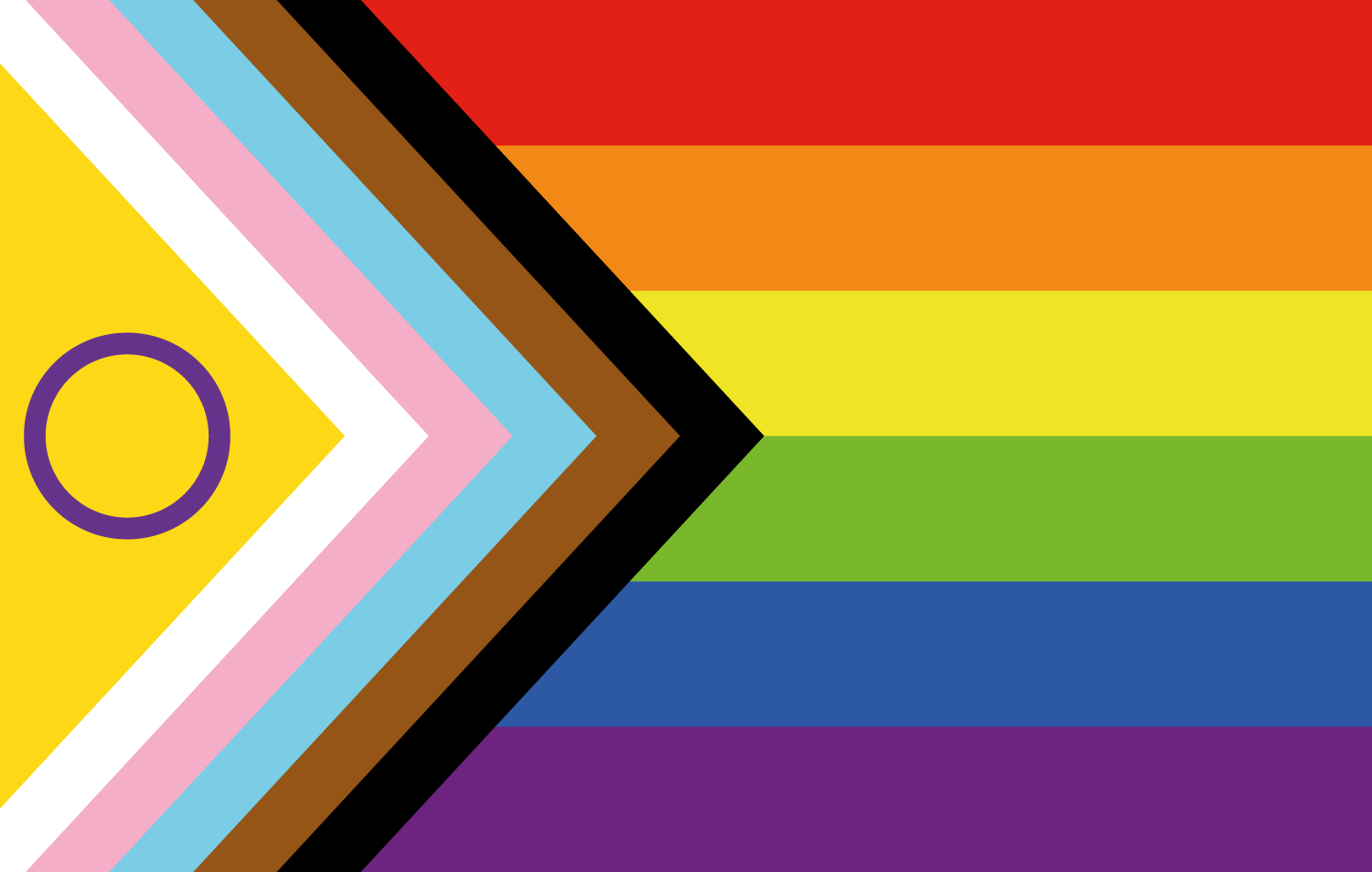
Designed by Daniel Quasar, this flag adds a chevron with black and brown stripes to represent marginalised LGBTQ communities of colour, and pink, light blue, and white to include transgender individuals. This design reflects a more inclusive approach to pride.
Featuring yellow, white, purple, and black stripes, this flag represents those who do not fit within the traditional male or female gender binary. Yellow stands for genders outside the binary, white for many or all genders, purple for those who feel between or a mix of male and female, and black for those who identify as agender.
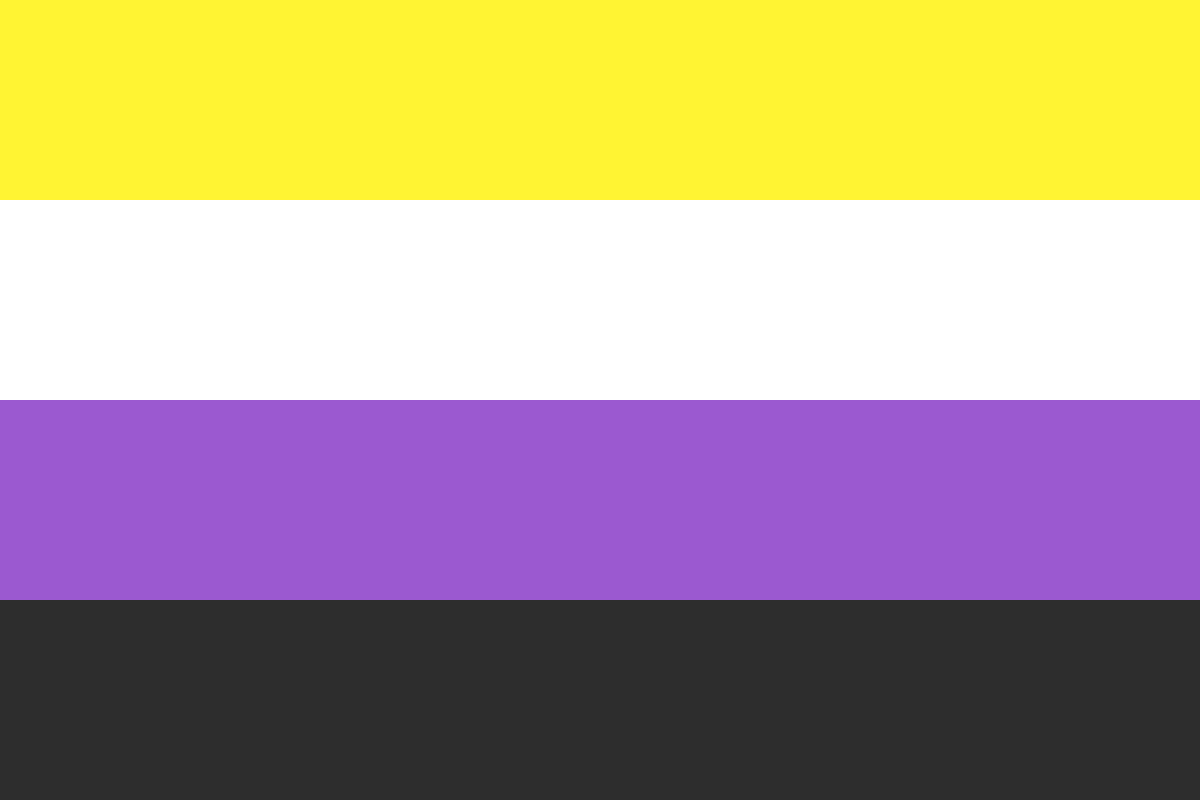
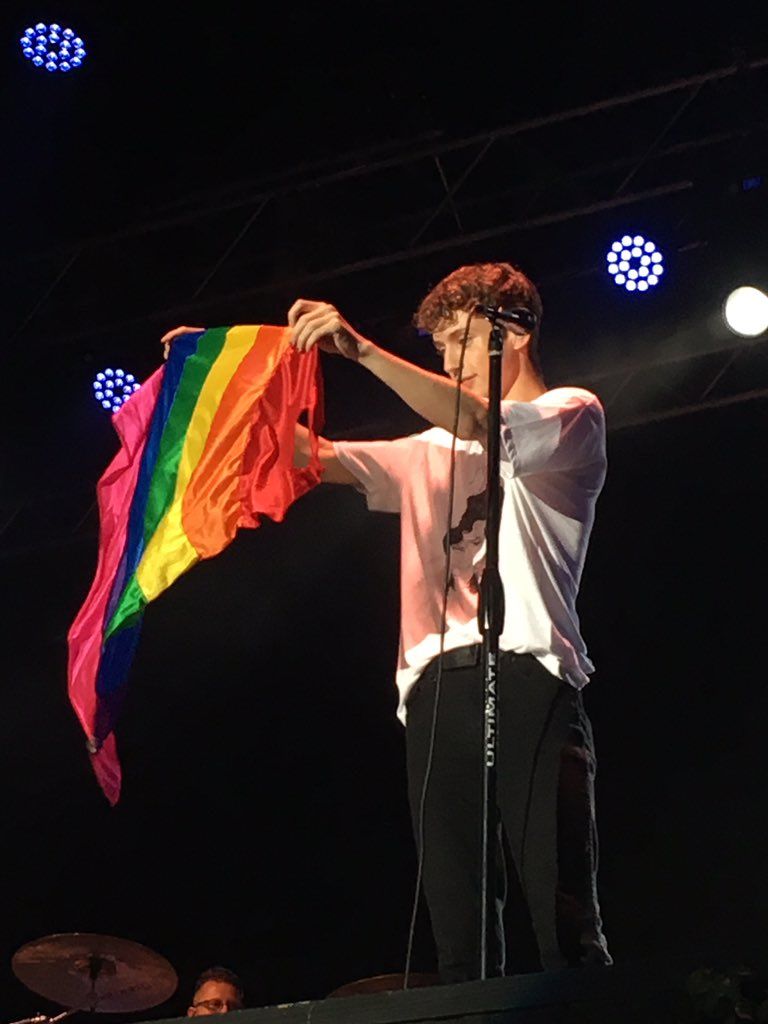
Miley Cyrus, a well-known advocate for LGBTQ+ rights, has frequently been seen waving various LGBTQ+ flags during her performances. She founded the Happy Hippie Foundation, which focuses on supporting homeless youth, LGBTQ+ youth, and other vulnerable populations.
Demi Lovato, who identifies as non-binary and uses they/them pronouns, has been vocal about their pride in the non-binary identity and has often highlighted the Non-binary Pride Flag in their social media posts and advocacy work.
Lady Gaga is known for her passionate support of LGBTQ+ rights. She has often been seen waving the Rainbow Flag during her concerts and public appearances. Gaga’s hit song “Born This Way” has become an anthem for the LGBTQ+ community, celebrating diversity and self-acceptance.
Halsey, who identifies as bisexual, frequently waves the Bisexual Pride Flag during her performances. She has been a vocal advocate for bisexual visibility and inclusion, using her platform to challenge stereotypes and misconceptions about bisexuality.
Sam Smith, who identifies as non-binary, often waves the Non-binary Pride Flag and the Transgender Pride Flag. Smith uses their music and public appearances to advocate for non-binary and transgender rights.
Cara Delevingne, who identifies as pansexual, has been seen waving the Pansexual Pride Flag at pride events. She openly discusses her sexuality and uses her influence to promote understanding and acceptance of pansexuality.
As an openly gay singer and actor, Troye Sivan often incorporates LGBTQ+ themes into his music and performances. He has waved the Rainbow Flag at numerous events, including pride parades and concerts, to show his support for the community.
Kristen Stewart, who identifies as bisexual, frequently waves the Rainbow Flag. She is open about her sexuality and uses her platform to advocate for LGBTQ+ rights and visibility.
In a cinematic landscape saturated with remakes, reboots and sequels, you might ...
Find out more about your celeb favourites and their most loved vacation ...
These top 5 barber shops in Bangkok are where gentlemen can elevate ...
While traditional TV shows are serving us endless boy-meets-girl tales. Thailand has ...
Sailorr and Molly Santana’s black grills fuse hip-hop swagger with homage to ...
Netflix Thailand has officially announced a new price for base subscriptions We’ve ...
Wee use cookies to deliver your best experience on our website. By using our website, you consent to our cookies in accordance with our cookies policy and privacy policy